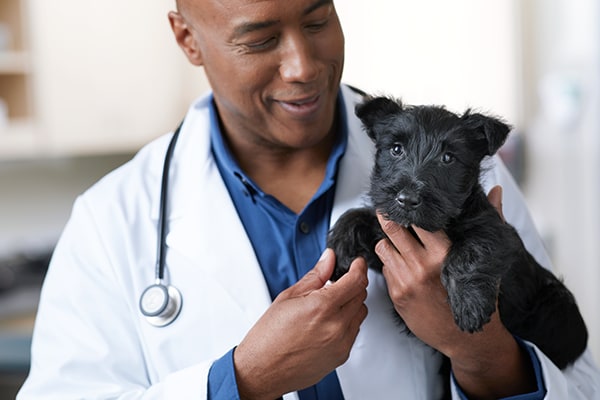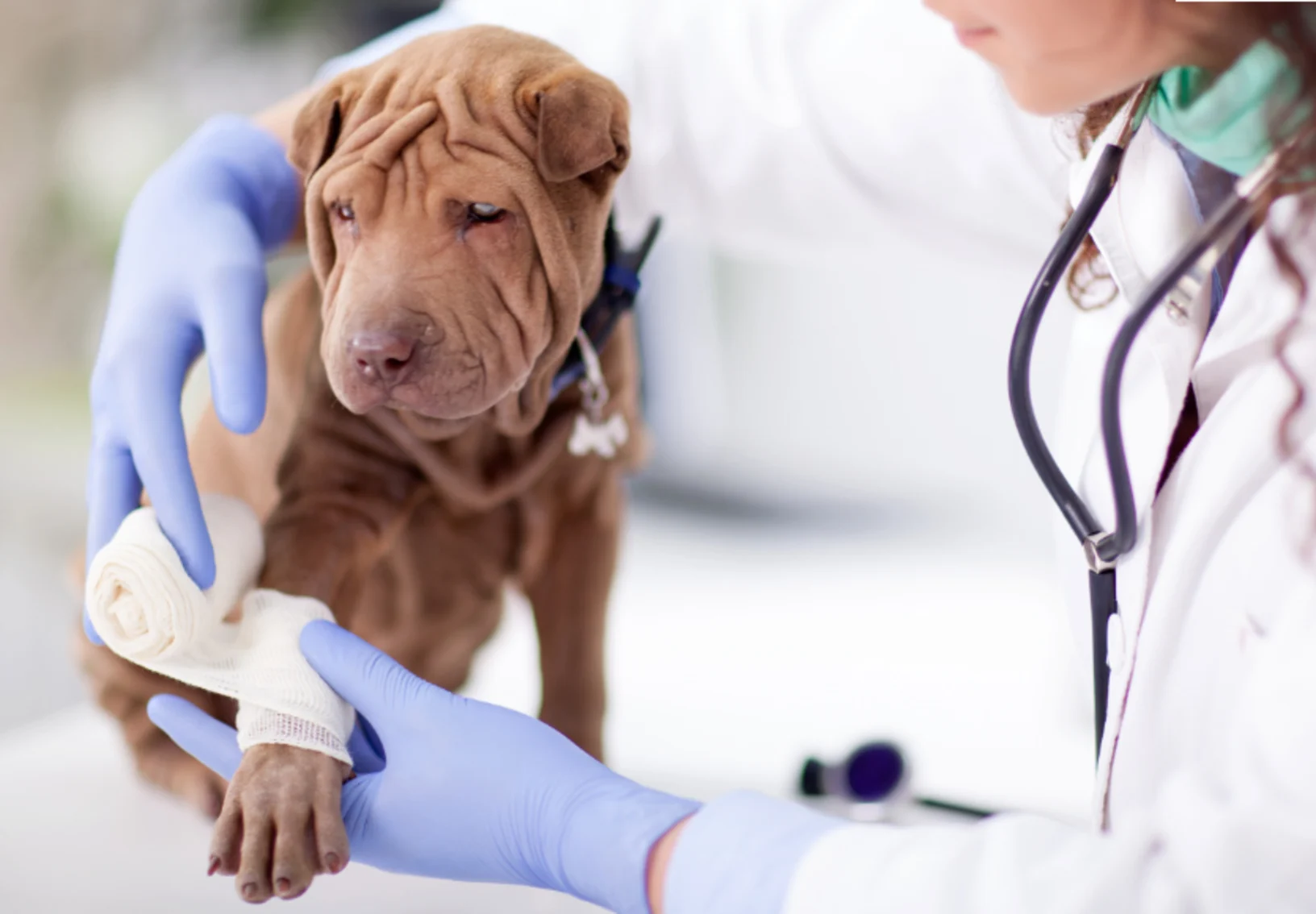What to Expect From Your Visit to animal emergency care bellingham — A Pet Owner’s Guide
All Concerning Veterinarian Surgery: Recognizing the Importance of Professional Look After Your Pets
Vet surgical treatment is an essential element of family pet medical care. It incorporates numerous treatments, from routine optional surgeries to urgent interventions. Recognizing the intricacies of these surgical procedures can help pet dog owners make informed decisions. The preparation, execution, and recuperation stages are necessary for ensuring the well-being of animals. With proper knowledge, proprietors can browse the intricacies of vet treatment. What aspects should be taken into consideration prior to a pet dog goes through surgery?
Sorts Of Vet Surgeries
When a pet dog calls for surgical intervention, understanding the different kinds of vet surgeries can help pet proprietors make notified decisions. Vet surgical procedures can be extensively categorized into three primary types: elective, urgent, and emergency situation surgical procedures. Elective surgeries, such as spaying or neutering, are planned procedures that are not immediately life-threatening. Immediate surgeries, like those for international body elimination, need to be carried out quickly however are not life-threatening in the moment. Emergency surgical treatments, such as those dealing with serious trauma or inner blood loss, are vital and need prompt attention.Additionally, surgical treatments can differ in complexity, ranging from minimally invasive laparoscopic procedures to more extensive open surgeries. Each sort of surgical procedure brings its own risks and healing procedures. Comprehending these groups allows pet dog proprietors to take part in meaningful conversations with vets, leading to far better end results for their precious pet dogs.
Getting ready for Your Animal's Surgical treatment
Preparing for a family pet's surgical treatment includes an extensive checklist to guarantee all basics are covered. Efficient interaction with the vet is vital for comprehending the treatment and any kind of needed pre-operative steps - 24 hour vet bellingham. Additionally, having clear post-operative care instructions will help owners give the very best assistance for their recouping pets
Pre-Surgery Checklist Basics
Ensuring a smooth medical experience for a pet dog needs mindful preparation and interest to information. A pre-surgery checklist is necessary for family pet owners to follow. Confirming the scheduled surgery date and time is essential. Owners should also validate that their pet dog has actually fasted according to the vet's instructions, typically for 8-12 hours before surgical treatment. Gathering necessary medical documents, including vaccination history, is essential for the veterinarian's evaluation. It is also suggested to prepare a comfortable space at home for the pet's recovery after surgery. Ultimately, proprietors must have a prepare for transportation to and from the vet center, ensuring that the animal is protected and comfy throughout the journey. Following these actions can substantially enhance the surgical experience.
Interacting With Your Veterinarian

Efficient interaction with the veterinarian is important for a successful medical experience for pet dogs. Owners need to be prepared to review their pet dog's case history, including any pre-existing problems, drugs, and allergies. This info assists the vet examine dangers and customize the medical strategy appropriately. Additionally, pet dog proprietors must ask concerns relating to the procedure, anesthetic, and anticipated results to guarantee they fully recognize the process. Clarifying any type of doubts can ease anxiety for both the family pet and the owner. It is likewise essential to communicate any type of behavioral adjustments or concerns observed in the pet leading up to the surgical procedure. Inevitably, clear dialogue cultivates count on and partnership, making certain that pet dogs obtain the ideal feasible care throughout their surgical trip.
Post-Operative Treatment Directions
After discussing the procedure with the veterinarian, animal proprietors must concentrate on post-operative care directions to help with a smooth recuperation for their pet dogs. These directions typically consist of keeping track of the medical website for indicators of infection, such as inflammation or discharge. Pets might require to be kept one's cool and constrained to avoid extreme movement that can disrupt healing. Discomfort management is important, so owners need to adhere to the vet's support on carrying out medicines. Additionally, dietary restrictions might be suggested to prevent stomach trouble. Routine follow-up appointments are crucial to assure proper healing and address any issues. By adhering to these post-operative care guidelines, animal owners can greatly add to their family pet's recovery and overall health.
The Surgical Refine Explained
The medical procedure for pets encompasses vital steps that ensure their safety and recuperation. Pre-surgery preparations are vital for decreasing risks, while post-operative treatment standards play an important function in promoting recovery. Recognizing these elements helps pet dog owners browse the medical experience better.
Pre-Surgery Preparations
Before a pet dog undertakes surgical treatment, a number of vital preparations need to occur to guarantee a risk-free and successful treatment. A complete vet assessment is important to analyze the pet's general health and wellness and identify any type of possible threats. This might consist of blood tests, imaging, or other diagnostics. The veterinarian will likewise review anesthetic alternatives customized to the pet dog's particular needs. In addition, animal proprietors are generally instructed to hold back food and water for a defined time prior to surgery to lessen the risk of difficulties during anesthetic. It is essential for proprietors to give a total medical background, including any kind of medicines or allergic reactions, guaranteeing the medical team has all necessary information. Correct communication and adherence to pre-surgery standards can greatly boost the result of the procedure.
Post-Operative Treatment Standards
Proper post-operative care is vital for making certain a pet's recovery complying with surgery. After the treatment, pet dogs should be kept an eye on closely for any type of indications of difficulties, such as too much blood loss, swelling, or uncommon habits. It is very important to comply with the veterinarian's directions regarding medicines, consisting of painkiller and antibiotics. Family pets should be maintained in a quiet, comfy atmosphere to minimize anxiety and advertise recovery. Restricting task is vital; short, leashed walks may be needed, however jumping or running ought to be stayed clear of. Regular follow-up visits must be arranged to analyze the recovery procedure. Furthermore, the surgical site must be maintained clean and completely dry, with any kind of signs of infection reported to a veterinarian immediately. Abiding by these standards improves healing results.
Anesthesia and Discomfort Administration
Reliable anesthetic and pain monitoring are vital elements of veterinary surgical treatment, guaranteeing that family pets remain comfy and safe throughout the procedure. Vets analyze each animal's private requirements, thinking about variables dog vet near me such as age, weight, health status, and the sort of surgical procedure being performed.Anesthesia methods typically include a mix of pre-anesthetic drugs, induction representatives, and inhalant anesthetics, permitting exact control over the pet's degree of consciousness. Surveillance during surgical procedure is essential; vets continually observe vital indicators to resolve any type of potential complications promptly.Pain administration techniques may entail opioids, non-steroidal anti-inflammatory drugs (NSAIDs), and anesthetics, customized to the pet's specific circumstance. This diverse strategy helps reduce pain and advertises a smoother surgical experience. By prioritizing efficient anesthesia and pain administration, vet experts enhance the overall welfare of pets undergoing operations, ensuring they receive the greatest standard of treatment.
Post-Operative Care and Recuperation
Following surgical procedure, the focus changes to post-operative care and recuperation, which is necessary for making sure a pet's risk-free return to normal activities. During this period, family pets call for a peaceful, comfy setting to help recovery. Proprietors need to carefully monitor their pet dogs for any indications of discomfort or uncommon behavior.Veterinary guidelines usually consist of specific instructions connected to medication administration, injury care, and dietary adjustments. It is vital to abide by these recommendations to minimize issues and promote recovery. Family pets may require to be restricted from vigorous activities, such as running or jumping, throughout their recovery period (canine tplo surgery).Regular follow-up visits with the veterinarian enable surveillance of the pet's progression and timely adjustments to the care plan. Providing emotional assistance and companionship can also boost a family pet's recovery experience, aiding to alleviate stress and anxiety and anxiety. Overall, attentive post-operative treatment plays a substantial role in achieving an effective recuperation
Identifying Complications After Surgical Treatment
Exactly how can animal owners recognize complications after surgery? Understanding of specific indications is necessary for guaranteeing the well-being of family pets throughout recovery. Typical indicators include too much swelling, redness, or discharge at the medical site, which might signify infection. Furthermore, consistent pain, suggested by yawping or reluctance to relocate, should prompt immediate interest. Adjustments in cravings or water intake can free veterinary care also indicate complications; a decline in these actions may indicate discomfort or distress.Moreover, pet dog owners should check their family pets for any kind of unusual behavior, such as lethargy or trouble breathing, as these can be indicators of severe issues. Vomiting or diarrhea following surgical procedure might call for urgent vet assessment. Acknowledging these problems early can significantly impact a family pet's healing procedure, emphasizing the relevance of caution and timely interaction with a vet for any kind of worrying signs.
The Duty of Veterinary Professionals in Surgical Treatment
Veterinary professionals play an essential role in guaranteeing the safety and security and success of operations for pet dogs, especially following surgical treatment when keeping track of and treatment are critical. These professionals include vets, vet technicians, and assistance staff, every one of whom add specialized skills to the medical process.Before surgery, veterinarians perform detailed assessments to evaluate the pet's health and wellness, guaranteeing that any kind of hidden conditions are handled. Throughout the procedure, the medical team provides anesthesia, keeps sterilized settings, and keeps an eye on essential indications, all crucial for reducing risks.Post-operative care is equally substantial; veterinary experts observe for problems, manage pain, and guide owners on healing techniques. Their competence enables them to identify early indicators of distress or infection, making certain prompt intervention. Eventually, the joint initiatives of vet professionals in medical treatment promote a secure atmosphere, advertising the health of pets throughout the medical trip.

Frequently Asked Inquiries
How Do I Select the Right Vet Cosmetic Surgeon for My Pet dog?
Selecting the appropriate vet surgeon involves looking into qualifications, checking out testimonials, and assessing the clinic's atmosphere. It is essential to review the cosmetic surgeon's experience with certain procedures and their interaction design when making a choice.
What Prevail Misconceptions Regarding Vet Surgeries?
Typical mistaken beliefs about vet surgical procedures include beliefs that they are always high-risk, unneeded, or only for emergency situations. Numerous family pet owners underestimate the advantages of preventive procedures and the skill associated with veterinary medical treatment.
Just How Much Will My Pet dog's Surgical treatment Cost?
The expense of a family pet's surgery can differ substantially based upon factors such as the type of procedure, the veterinarian's experience, and geographic place (emergency vet). Generally, costs range from a few hundred to several thousand bucks

Can My Animal Consume Prior To Surgery?
Prior to surgical treatment, it is generally suggested that family pets abstain from consuming for a certain period. This fasting aids reduce the risk of problems throughout anesthetic. Owners need to consult their veterinarian for exact directions tailored to their family pet's requirements.
Suppose My Pet Has Pre-Existing Health And Wellness Issues?
When a family pet has pre-existing health conditions, it's important for the vet to evaluate these factors before surgical treatment. This examination guarantees ideal preventative measures are taken, lessening risks and maximizing the family pet's overall safety how to become a veterinarian throughout the procedure.